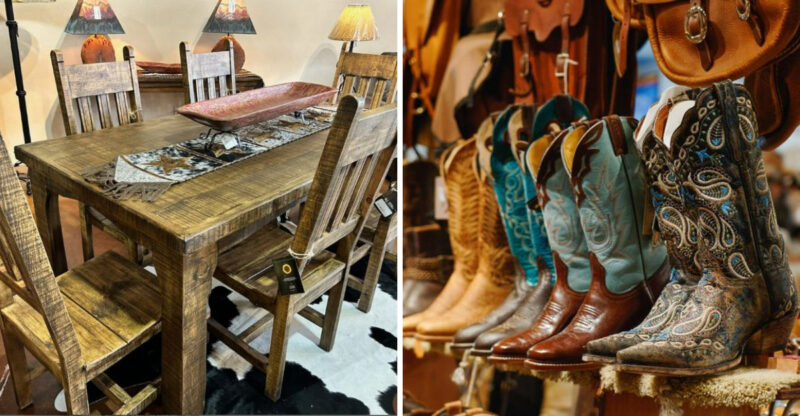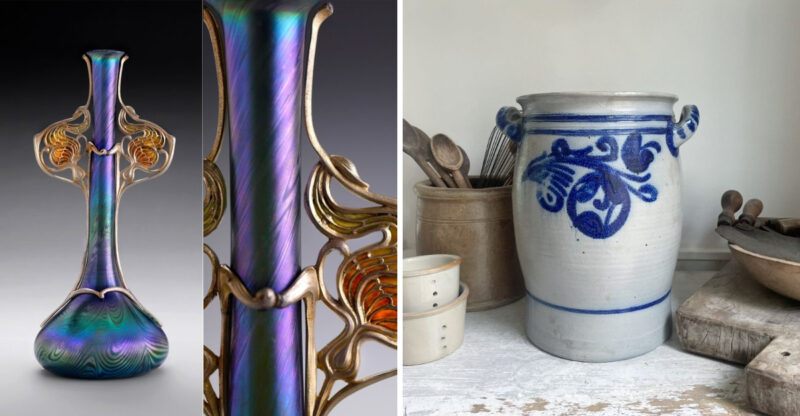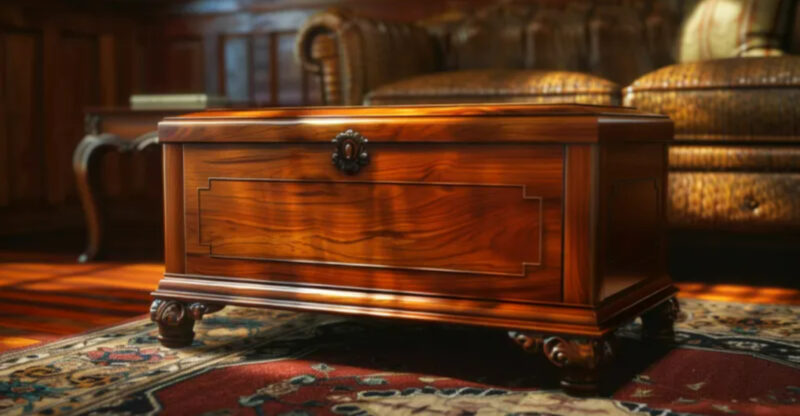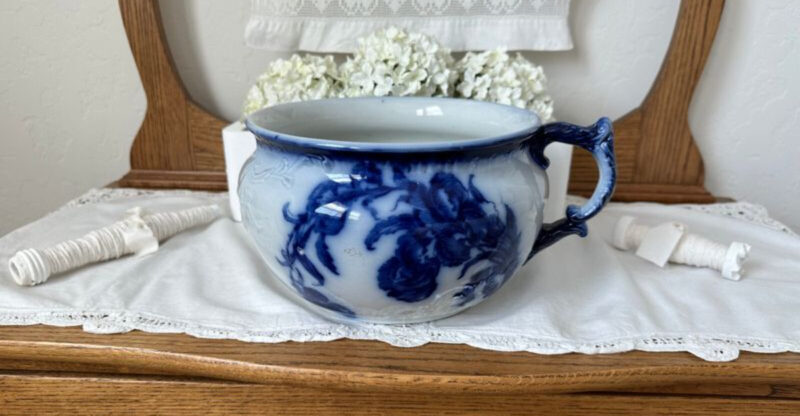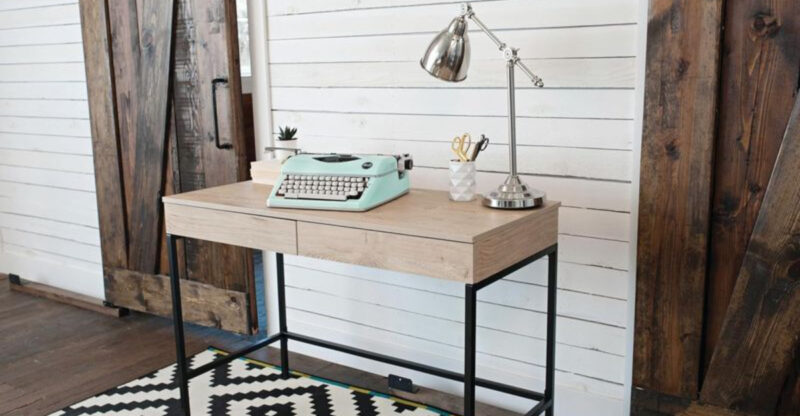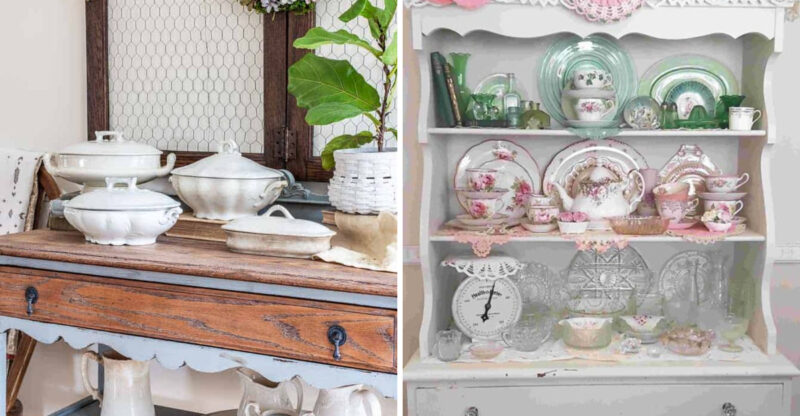2026 Antique Market Watch 6 Smart Keeps And 7 Declining Investments
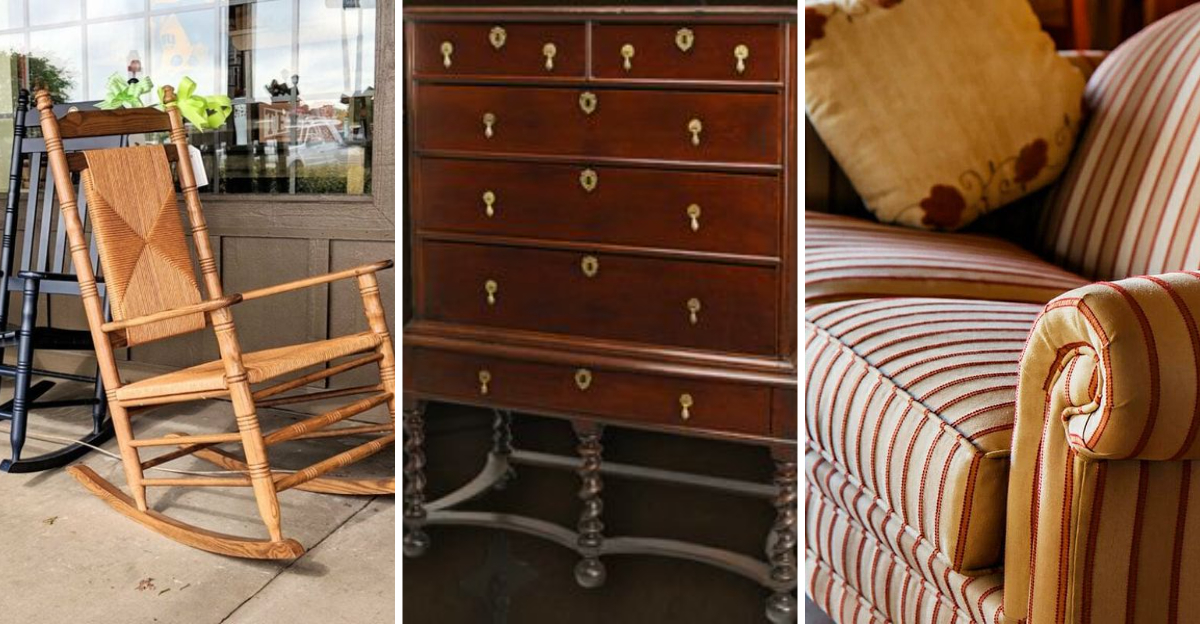
The antique furniture market is constantly shifting, with some pieces gaining value while others fall out of favor. Looking ahead to 2026, smart collectors should focus on items with lasting appeal and craftsmanship.
I’ve identified six antiques worth holding onto and seven that might disappoint as investments.
Whether you’re decorating your home or building an investment portfolio, knowing which pieces to keep and which to avoid can save you money and heartache.
1. Mid-Century Modern Furniture (Keep)
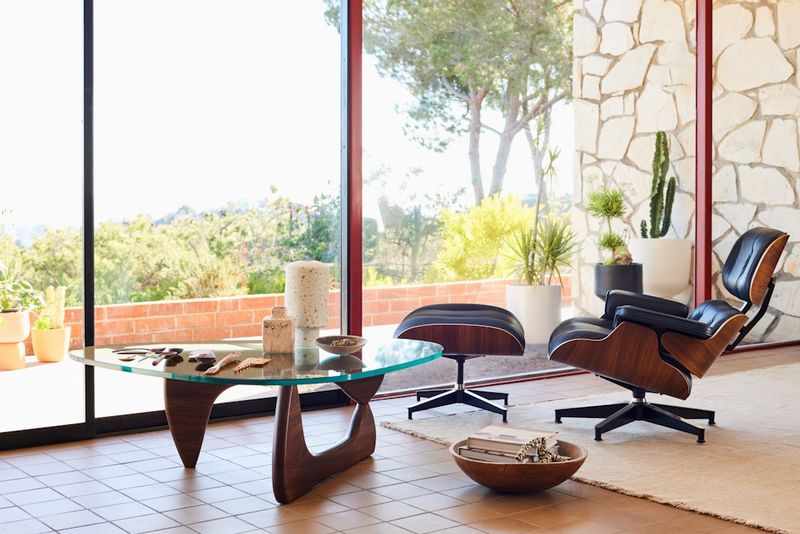
Clean lines and functional design make Mid-Century Modern furniture a lasting investment that continues to appreciate. The sleek silhouettes and innovative manufacturing techniques pioneered between 1945-1975 remain remarkably relevant in contemporary homes.
Original pieces by designers like Eames, Saarinen, and Noguchi command increasingly premium prices, especially those with documented provenance. Even lesser-known designers’ work is seeing steady appreciation.
What makes these pieces particularly valuable is their versatility they complement both traditional and contemporary interiors. The quality materials and construction mean they’re still functional decades later. If you own authentic Mid-Century pieces, hold onto them tight their value trajectory remains strong heading into 2026.
2. Gustavian Furniture (Keep)
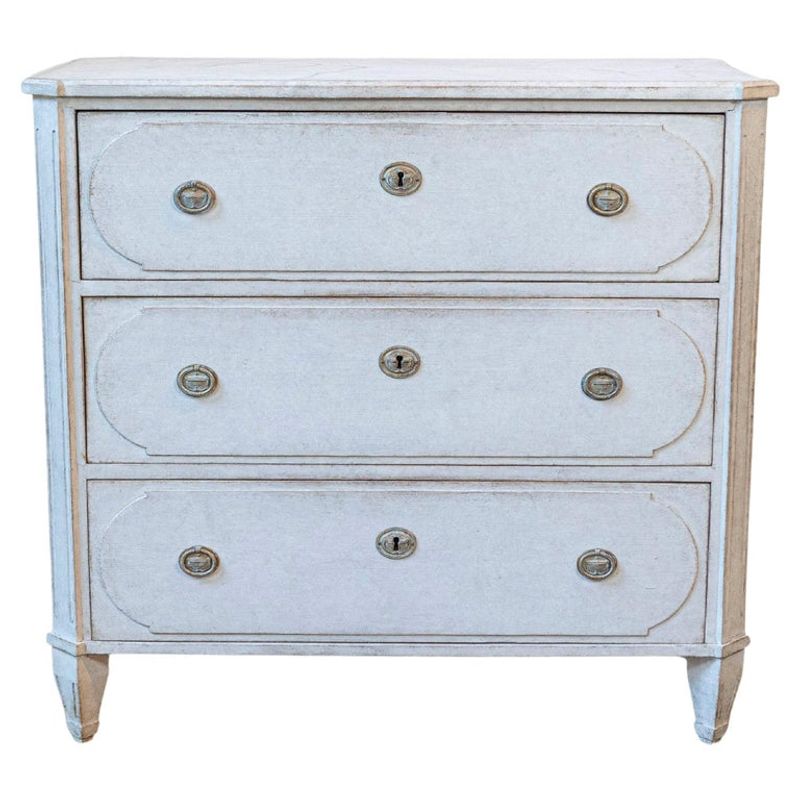
Gustavian furniture brings understated elegance that transcends trends, making it increasingly valuable in 2026’s market. These Swedish pieces, inspired by French neoclassical design, feature soft gray and white painted finishes that work beautifully in modern interiors.
Collectors particularly value original paint finishes and authentic distressing. The handcrafted quality of these 18th and 19th-century pieces means they’ve already survived centuries, suggesting excellent longevity for investors.
I’ve noticed prices steadily climbing for authentic Gustavian pieces as design enthusiasts recognize their versatility. The simple forms and muted palette feel remarkably current despite their age. For those lucky enough to own genuine examples, these pieces represent both aesthetic pleasure and financial wisdom as investments continue appreciating.
3. Georgian & Regency Furniture (Keep)

Georgian and Regency furniture pieces showcase exquisite craftsmanship that continues gaining value as we approach 2026. Created during Britain’s 1714-1837 golden age of furniture making, these pieces feature elegant proportions and superior construction techniques that have stood the test of time.
The market particularly values mahogany dining tables, secretaries, and sideboards from this period. Their timeless designs complement both traditional and modern interiors, expanding their appeal beyond pure collectors.
Though prices for museum-quality pieces have always been high, even middle-market Georgian and Regency furniture shows strong investment potential. The limited supply of authentic pieces, combined with growing international interest, suggests continued appreciation. If you’re considering selling inherited pieces from this era, I’d strongly recommend waiting their trajectory remains upward.
4. Mid-Century Italian Lighting (Keep)
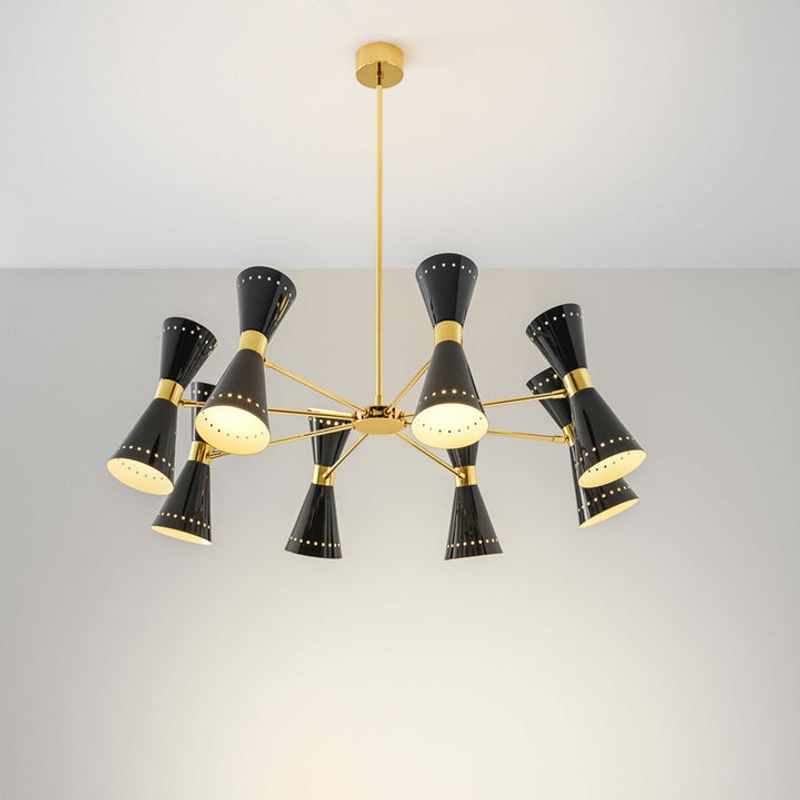
Mid-Century Italian lighting fixtures have skyrocketed in value, with no signs of slowing by 2026. These artistic yet functional pieces combine innovative materials with distinctly Italian flair, creating dramatic focal points in contemporary interiors.
Designs by Stilnovo, Arredoluce, and Fontana Arte command particular attention from serious collectors. The sculptural qualities and technical innovation make these pieces both art objects and practical lighting solutions.
Limited production numbers contribute to their increasing scarcity and value. Many were handcrafted in small workshops rather than mass-produced, ensuring their uniqueness. I’ve watched prices double for exceptional examples over the past five years. If you own original Italian lighting from the 1950s-70s, their investment potential remains exceptionally strong heading toward 2026.
5. Antique Farmhouse Tables (Keep)
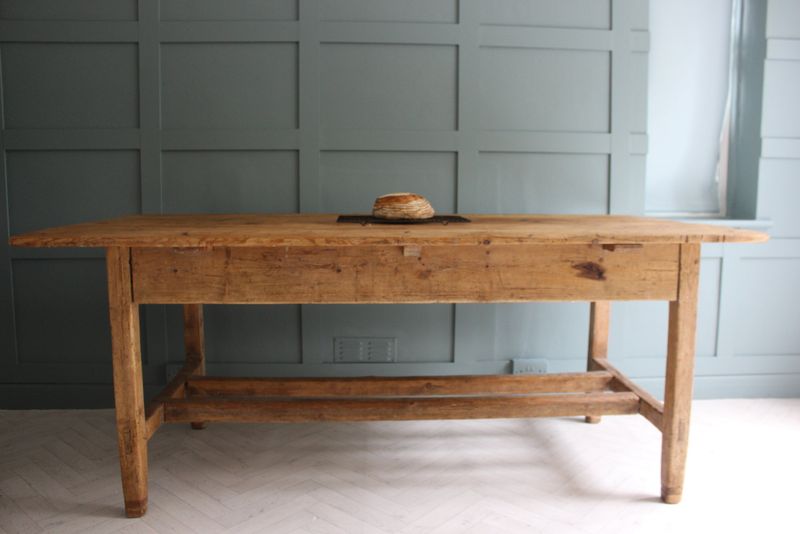
Antique farmhouse tables continue appreciating as their rustic charm meets modern lifestyles perfectly. These solid wood workhorses, often crafted from oak, pine, or elm, bring authentic character that mass-produced replicas simply can’t match.
The market particularly values tables showing honest wear from generations of use. Knife marks, subtle indentations, and patina tell a story that resonates with today’s authenticity-seeking buyers. Tables with original stretchers, aprons, and drawer features command premium prices.
What makes these pieces especially investment-worthy is their functionality – they’re still perfectly usable daily while appreciating in value. French, English, and American examples from the 18th and 19th centuries show the strongest growth potential. If you’re fortunate enough to own a genuine antique farmhouse table, hold onto it its charm and value will likely continue increasing through 2026.
6. Vintage Storage Cabinets (Keep)

Vintage storage cabinets from industrial and commercial settings have become surprisingly valuable investments heading into 2026. These hardworking pieces including apothecary cabinets, library card catalogs, and industrial lockers offer practical storage while adding character to modern homes.
Their specialized compartments, originally designed for specific purposes, now perfectly store everything from wine bottles to craft supplies. The honest materials oak, maple, steel and solid construction ensure these pieces last for generations.
I’ve tracked steady price increases, especially for examples with original hardware and finish. What makes these pieces particularly investment-worthy is their crossover appeal to both serious collectors and casual decorators. The combination of utility, craftsmanship, and unique aesthetic ensures demand will continue growing through 2026 and beyond.
7. Mass-Produced Accent Chairs (Decline)

Mass-produced accent chairs from the 1980s-2000s face significant value decline by 2026. Unlike handcrafted antiques with proven longevity, these factory-made pieces typically used lower-grade materials and shortcuts in construction that haven’t aged well.
Many featured trendy designs that now appear dated rather than classic. The upholstery fabrics often show wear problems that more expensive textiles avoid, with synthetic blends that pill, fade, or deteriorate in ways quality natural fibers don’t.
These chairs simply haven’t developed the patina or character that creates collector appeal. Even well-known retail brands struggle to maintain value in the secondary market. If you’re holding mass-produced accent chairs hoping they’ll appreciate, I recommend selling now before values decline further. The market increasingly favors either authentic antiques or contemporary pieces from established designers.
8. Poorly Restored Dressers (Decline)
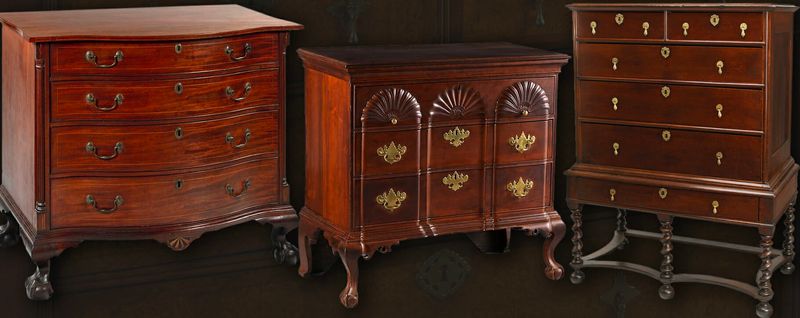
Poorly restored dressers represent one of the fastest-declining segments in the antique market heading toward 2026. Pieces that suffered amateur refinishing particularly those stripped of original paint or heavily sanded have permanently lost their historical integrity and collector appeal.
Dressers with replacement hardware that doesn’t match the period or style particularly struggle to maintain value. The market increasingly rewards authenticity and original condition, with buyers becoming more educated about proper restoration techniques.
Even worse are pieces modified with contemporary paint treatments like chalk paint or distressing techniques that don’t accurately reflect natural aging. If you’re holding dressers that underwent aggressive restoration in the DIY era of the 2000s-2010s, their investment outlook appears particularly bleak. The market correction for these compromised pieces continues accelerating downward.
9. Delicate China Cabinets (Decline)
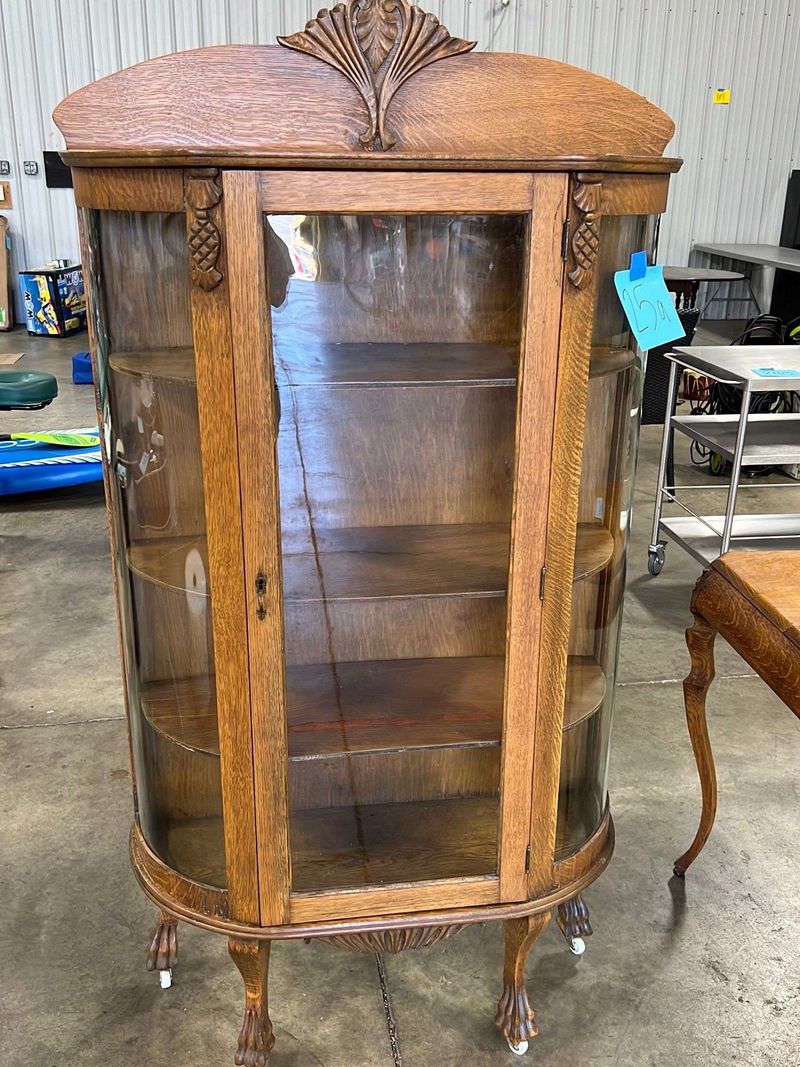
Delicate china cabinets face steep value declines as we approach 2026. These once-prized dining room staples – particularly ornate Victorian and early 20th century examples no longer fit contemporary lifestyles or design preferences.
Modern homes typically lack formal dining rooms where these pieces traditionally lived. Their specialized function for displaying fine china feels increasingly irrelevant as casual entertaining becomes the norm. The delicate glass panels and ornamental details that define these pieces make them impractical for families with children.
Many struggle with structural issues after decades of use, with loose joints or damaged glass further reducing appeal. Even well-maintained examples sell for fractions of their previous values at auction. If you’re considering these as investments, I recommend redirecting toward more versatile antique storage pieces that align better with contemporary living.
10. Heavily Carved Sideboards (Decline)
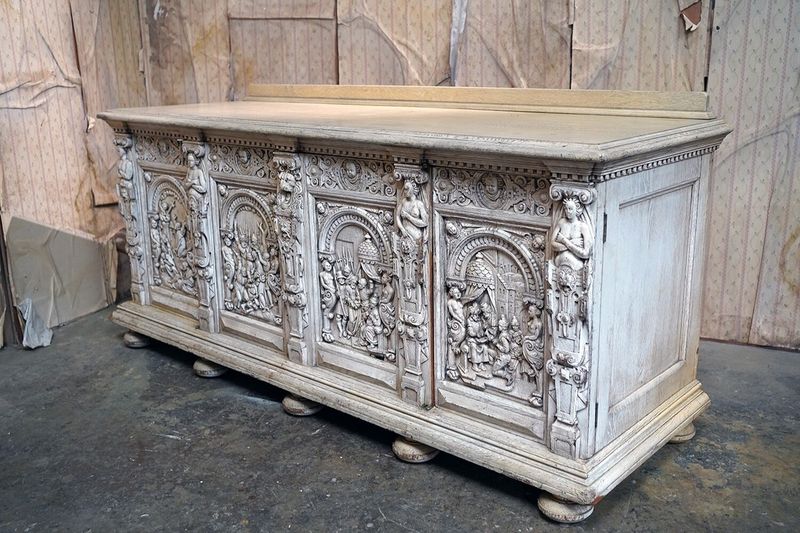
Heavily carved sideboards from the late Victorian and Renaissance Revival periods show alarming value declines heading toward 2026. These massive, ornate pieces once status symbols in grand dining rooms increasingly appear cumbersome and excessive in today’s more streamlined interiors.
Their dark finishes and imposing proportions clash with contemporary preferences for lighter, airier spaces. The elaborate carvings that made these pieces expensive originally now create cleaning challenges and collect dust in ways that deter modern buyers.
Moving and placing these oversized pieces presents practical problems in smaller modern homes. Auction results show consistently declining prices over the past decade, with many selling significantly below estimates. If you’re holding heavily carved sideboards as investments, their outlook appears particularly concerning. The market increasingly favors simpler, more restrained antique case pieces with cleaner lines.
11. Faded Upholstered Sofas (Decline)
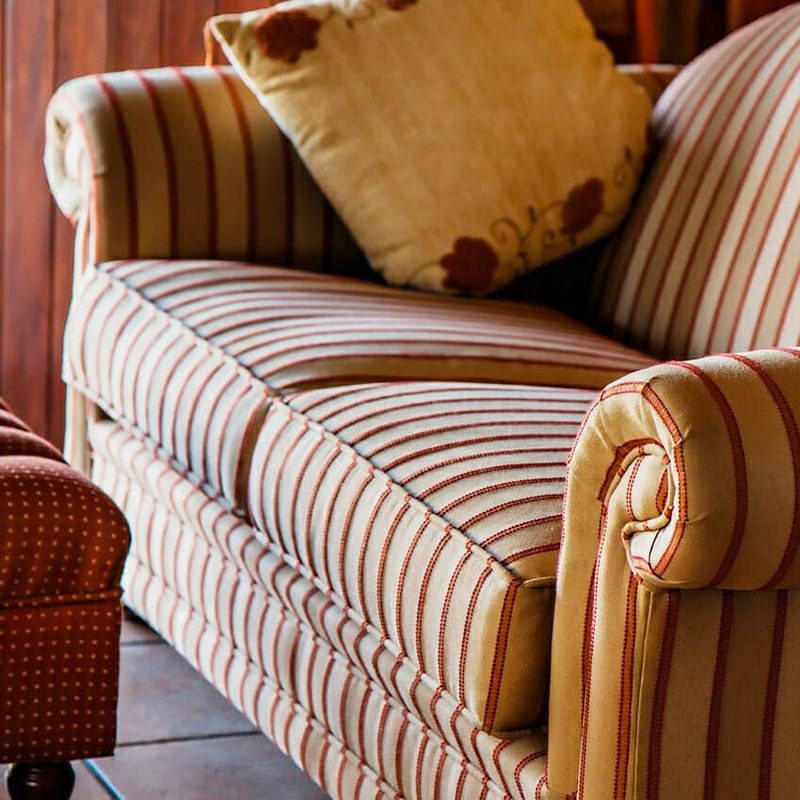
Faded upholstered sofas from the mid-to-late 20th century represent particularly poor investments heading into 2026. Unlike wooden furniture that develops desirable patina, fabric deteriorates in ways that significantly diminish both aesthetic appeal and functionality.
Structural issues compound the problem many feature internal components like springs and cushioning that break down over time. The cost of professional reupholstery often exceeds the potential market value, creating a negative investment equation.
Changing safety standards further impact value, as older upholstered pieces frequently contain flame retardants now considered problematic. Style obsolescence presents another challenge, with silhouettes from the 1970s-1990s appearing particularly dated rather than charmingly vintage. If you’re holding onto faded upholstered pieces hoping for appreciation, I recommend reconsidering their trajectory continues steadily downward.
12. Outdated Entertainment Units (Decline)
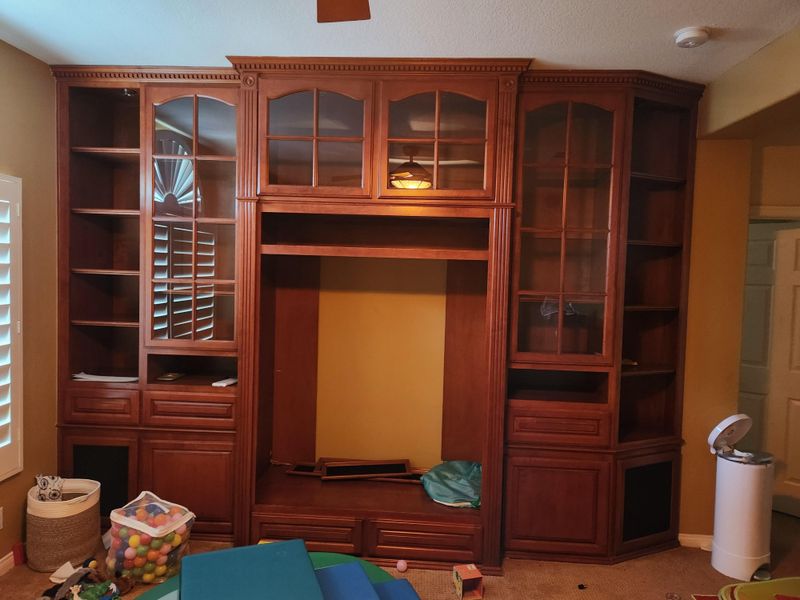
Outdated entertainment units designed for obsolete technology represent one of the steepest value declines in the antique market approaching 2026. These bulky pieces, specifically built to house CRT televisions, VCRs, and CD collections, have become functionally obsolete in the streaming era.
Many feature fixed compartments sized for specific devices that no longer exist. The proportions often deep enough for tube TVs waste valuable space in modern homes. Even quality examples from high-end manufacturers struggle to maintain value.
Attempts to repurpose these pieces generally disappoint, as the specialized compartments resist adaptation. Auction results show consistent price deterioration, with many failing to sell at any price. If you’re holding entertainment units from the 1980s-2000s as investments, their outlook appears particularly bleak as technological evolution continues making them increasingly irrelevant.
13. Low-Quality Rocking Chairs (Decline)

Low-quality rocking chairs from the late 20th century face significant value declines as we approach 2026. Factory-made examples using inferior woods, particularly those mass-produced between 1970-2000, increasingly reveal structural weaknesses that compromise both safety and aesthetics.
Many feature pressed wood components or thin veneers that haven’t withstood regular use. The joints, critical to a rocking chair’s function, often loosen over time in these lesser-quality pieces. Pressed-back designs with thin spindles particularly suffer from breakage and repair issues.
Unlike handcrafted antique rockers that appreciate with age, these mass-produced versions increasingly populate thrift stores at fraction of their original prices. If you’re holding factory-made rocking chairs as investments, their trajectory appears consistently downward. The market increasingly rewards authentic craftsmanship and solid wood construction in rocking chairs rather than mass-produced imitations.

